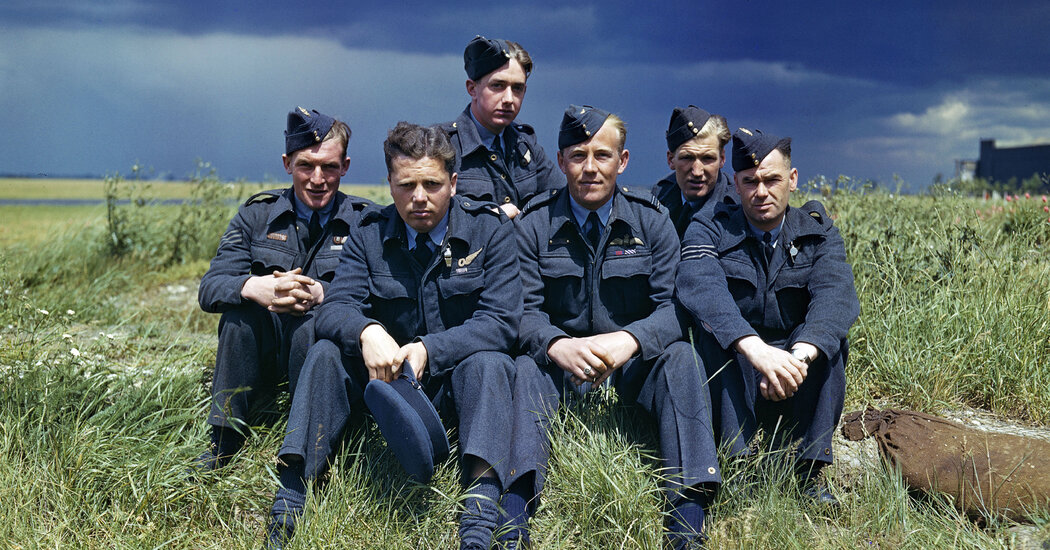“It was misty on the way out, but we did find the Sorpe,” Mr. Johnson recalled in his memoir, “The Last British Dambuster” (2014). “In the totally clear moonlight, it was an incredible sight.”
Lieutenant McCarthy had to clear the steeple of a church, then dip to a level of 30 feet and fly parallel and extraordinarily close to the wall for his plane’s bomb to make a significant impact when it exploded underwater. He made repeated runs along the dam before Sergeant Johnson was satisfied that he could drop his bomb at the center point, where it could do the most damage.
“I found out very quickly how to be the most unpopular member of the crew,” Mr. Johnson recalled in a 2013 interview with the University of Huddersfield in England, explaining that his patience had increased the chances of his plane being spotted by the Germans.
At one point, he said, his rear gunner pleaded, “Will somebody just get that bomb out of here?”
“After nine dummy runs, we were satisfied we were on the right track,” Mr. Johnson wrote in his memoir. “I pushed the button and called, ‘Bomb gone!’ From the rear of the plane was heard ‘Thank Christ for that!’ The explosion threw up a fountain of water up to about 1,000 feet.”
The bomb, which detonated at a water depth of 25 to 30 feet, damaged the dam but did not breach it. Seconds later, Lieutenant McCarthy had to pull up in order to avoid crashing into a hill. One other Lancaster hit the dam, but its bomb caused only minor damage as well.
















